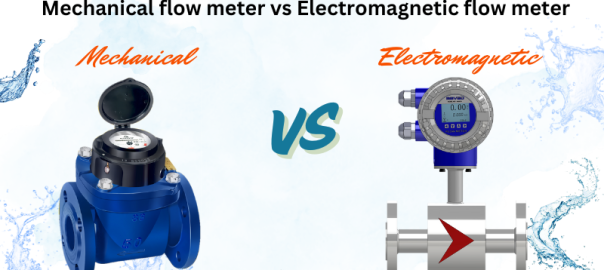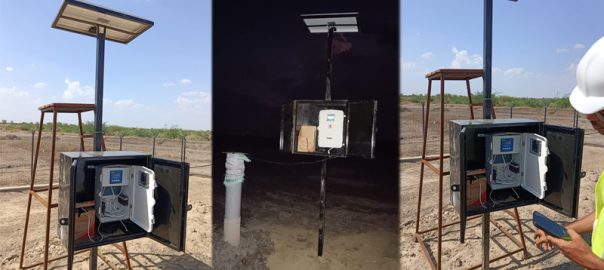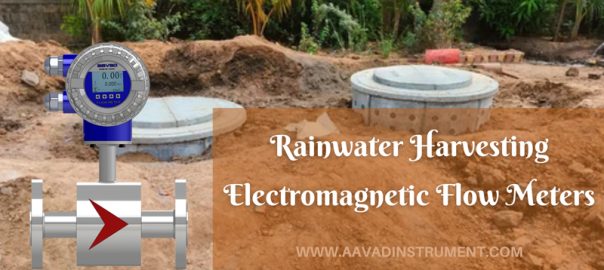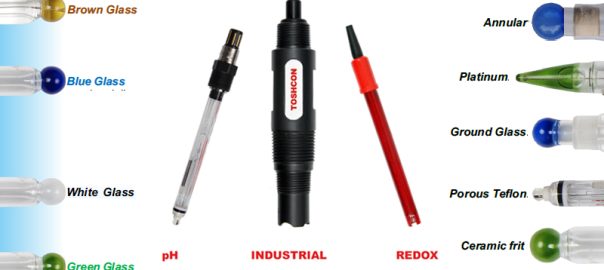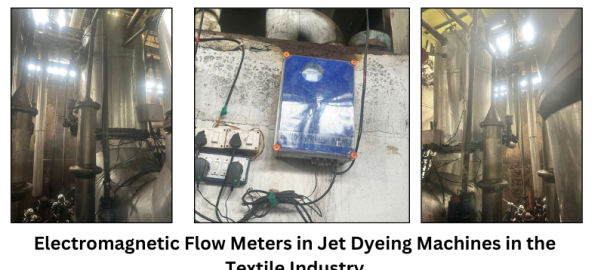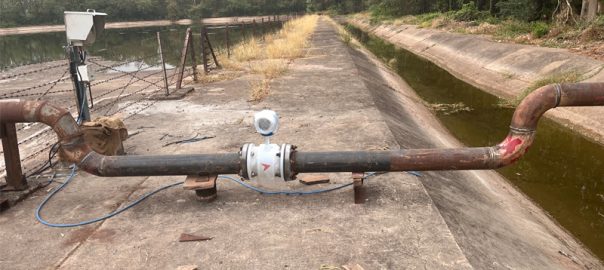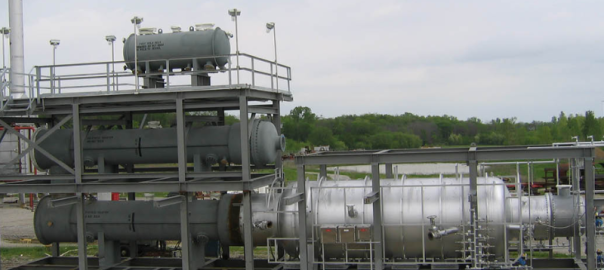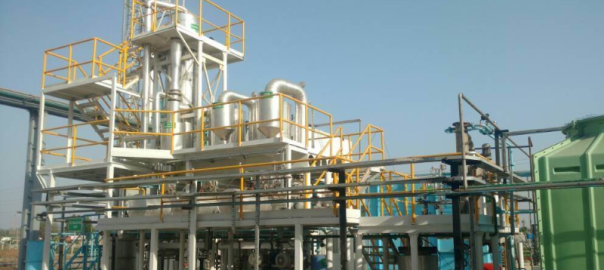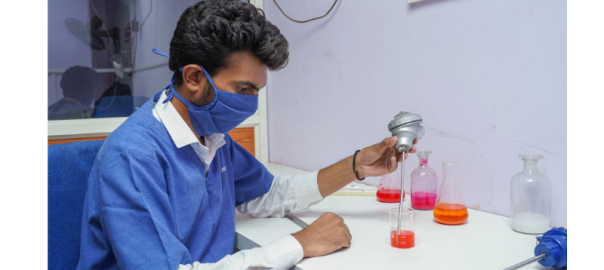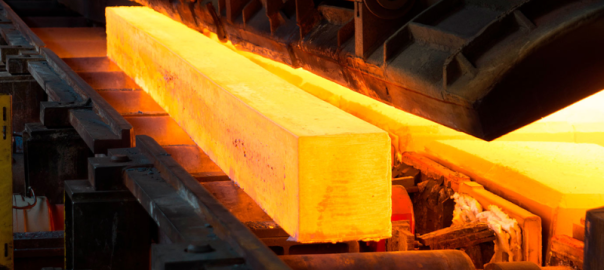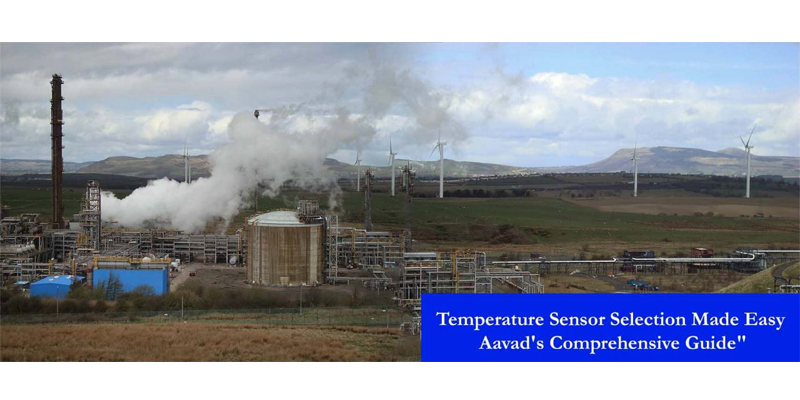
As a temperature sensor manufacturer, Aavad Instrument Private Limited understands the importance of selecting and using the right temperature sensor for your applications. Temperature sensors are crucial for maintaining the integrity and accuracy of temperature-sensitive processes and equipment, from industrial processes to medical devices. In this blog post, we will discuss how to select and use the right temperature sensor for your specific needs.
Understand the different types of temperature sensors
There are several types of temperature sensors available, including thermocouples, RTDs (Resistance Temperature Detectors), thermistors, and infrared sensors. Each type has its own unique features, advantages, and disadvantages, and is suited for different applications. For example, thermocouples are rugged and can measure high temperatures, while RTDs have high accuracy and stability. It’s important to research and understand the different types of temperature sensors to determine which one is best suited for your application.
Consider the environment
The environment in which the temperature sensor will be used is an important consideration when selecting the right sensor. Factors such as temperature range, humidity, pressure, and vibration can affect the performance and accuracy of the sensor. For example, if the sensor will be used in a harsh environment with high vibrations, a rugged and durable sensor such as a thermocouple or an RTD may be more appropriate.
Determine the accuracy requirements
The accuracy of the temperature sensor is another crucial factor to consider. The accuracy requirements will depend on the application and the degree of precision required. RTDs and thermistors are known for their high accuracy, while thermocouples are less accurate but can measure a wider range of temperatures. Consider the level of accuracy needed for your application to select the right temperature sensor.
Ensure proper installation and calibration
Once you have selected the right temperature sensor, it’s important to ensure proper installation and calibration. Improper installation or calibration can result in inaccurate readings, which can have serious consequences in critical applications. Follow the manufacturer’s instructions carefully and ensure that the sensor is installed correctly and calibrated accurately.
In conclusion, selecting and using the right temperature sensor is crucial for maintaining accuracy and reliability in temperature-sensitive applications. By understanding the different types of temperature sensors, considering the environment, determining the accuracy requirements, and ensuring proper installation and calibration, you can select and use the right temperature sensor for your specific needs. At Aavad Instrument Private Limited, we offer a wide range of temperature sensors to meet your needs. Contact us today to learn more!

